Empower Yourself with Budget-Friendly Filtration Projects
Introduction
Importance of Clean Water
“Water is the elixir of life,” they say, and it’s true. Clean water is essential for our survival, yet many of us take it for granted. Access to safe drinking water is a privilege that not everyone has, and it’s a problem that needs to be addressed.
DIY Water Filtration
One way to ensure that you and your family have access to clean water is to make your own water filtration system. DIY water filtration is a great way to save money, reduce your environmental impact, and empower yourself with the knowledge of how to purify your own water.
There are many different types of DIY water filtration systems, each with its own advantages and disadvantages. In this article, we’ll explore some of the most popular methods, so you can decide which one is right for you.
Understanding Water Contaminants
Types of Filtration Systems and Their Effectiveness
Water contamination is a serious issue that can pose health risks. To safeguard our health, it’s crucial to understand the types of contaminants present in water and the effectiveness of different filtration systems in removing them.
Various filtration systems employ distinct mechanisms to target specific contaminants. For example, activated carbon filters excel at removing organic compounds like pesticides and chlorine. Ceramic filters, on the other hand, effectively trap bacteria and parasites. Sand and gravel filters are ideal for removing larger particles like sediment and debris.
Choosing the right filtration system depends on the specific contaminants present in your water supply. By understanding the nature of these contaminants, you can make an informed decision and ensure that your DIY water filtration solution effectively addresses your water quality concerns.
DIY Activated Carbon Filter
Materials and Instructions
Crafting your own activated carbon filter is a breeze! Gather a few essentials: a clean plastic bottle, activated carbon, a funnel, cheesecloth, and a knife. Slice the bottom off the bottle and invert it over the funnel lined with cheesecloth. Fill it with activated carbon, secure the top, and voilà! You’ve got a nifty filter.
Benefits and Limitations
Activated carbon, a superhero in the filtration world, effectively traps contaminants like chlorine, pesticides, and organic compounds. It’s like a magnet for impurities, leaving your water sparkling clean. However, it’s not a one-size-fits-all solution. Activated carbon filters may not remove heavy metals or microorganisms, so it’s essential to consider the specific contaminants in your water before relying solely on this method.
DIY Ceramic Water Filter
Materials Needed:
- Ceramic candle filter
- Plastic bucket or container
- Lid or cover
- Spigot or tap
Step-by-Step Instructions:
- Prepare the bucket: Drill a hole in the bottom of the bucket for the spigot and insert it.
- Install the ceramic candle: Insert the ceramic candle filter into the bucket, ensuring a snug fit.
- Fill the bucket: Pour clean water into the bucket until it reaches the top of the ceramic candle.
- Let it filter: Allow the water to filter through the ceramic candle into the bucket below.
- Enjoy clean water: Open the spigot to dispense filtered water.
Advantages:
- Effective filtration: Ceramic filters remove bacteria, cysts, and other contaminants.
- Durable: Ceramic filters can last for several years with proper maintenance.
- Easy to clean: Simply remove the ceramic candle and rinse it with clean water.
Disadvantages:
- Slower filtration rate: Ceramic filters have a slower filtration rate compared to other methods.
- Can clog: Ceramic filters can clog with heavy sediment, requiring more frequent cleaning.
- Not effective against dissolved contaminants: Ceramic filters do not remove dissolved contaminants like heavy metals or chemicals.
DIY Sand and Gravel Filter 💧
How It Works 👷♂️
Picture this: a layered tower filled with sand, gravel, and even charcoal. As water trickles through these layers, it’s like an obstacle course for impurities! The sand traps larger particles, while the gravel and charcoal absorb smaller ones. It’s like a natural water purification system right in your home. 🏡
Materials You’ll Need 🛠️
- A clean bucket or container
- Sand (washed and rinsed)
- Gravel (pea gravel or aquarium gravel)
- Charcoal (activated or wood charcoal)
- A piece of fabric or cheesecloth
Step-by-Step Instructions 📝
- Line the bottom of your bucket with the fabric or cheesecloth to act as a filter.
- Add a layer of gravel, about 2 inches thick.
- Top with a layer of sand, about 4 inches thick.
- Sprinkle a layer of charcoal, about 1 inch thick.
- Slowly pour water into the bucket and let it filter through the layers.
- Collect the filtered water from the bottom of the bucket.
And there you have it! Your DIY sand and gravel filter, ready to provide you with cleaner, healthier water. 💧
DIY WATER FILTRATION ON YOUTUBE
DIY Reverse Osmosis System 💧
Reverse osmosis (RO) is like a superhero in the water filtration world! It uses a special membrane to block out impurities, leaving you with sparkling clean water. Think of it as a microscopic bouncer, only allowing the good stuff to pass through.
Materials and Installation
To build your own RO system, you’ll need a few things: a reverse osmosis membrane, a housing for the membrane, a pre-filter to remove larger particles, a post-filter to polish the water, and a pump to push the water through the system.
Installing it is like solving a puzzle, but don’t worry, it’s not rocket science. Connect the pre-filter to the water supply, then the membrane housing, and finally the post-filter. The pump will give the water a little push to flow through the system.
Benefits and Drawbacks
RO systems are like the ultimate water purifiers, removing almost all contaminants. They’re especially effective against dissolved solids like salts and minerals. Plus, they produce a lot of water, so you can quench your thirst all day long.
But here’s the catch: RO systems can be a bit pricey and require regular maintenance. They also waste some water during the filtration process, but hey, clean water is worth it, right?
DIY UV Water Purifier 💧
How UV Light Disinfects Water
UV light is a powerful disinfectant that can kill bacteria, viruses, and other microorganisms. When UV light is shone on water, it damages the DNA of these organisms, preventing them from reproducing and causing harm. UV water purifiers use this principle to disinfect water, making it safe to drink.
Materials Needed and Step-by-Step Instructions
To build your own DIY UV water purifier, you will need:
- UV lamp
- UV-resistant housing
- Power supply
- Water filter (optional)
- Install the UV lamp in the UV-resistant housing.
- Connect the power supply to the UV lamp.
- Place the UV purifier in a location where it will receive direct sunlight.
- If desired, connect a water filter to the UV purifier to remove sediment and other impurities.
Advantages and Limitations of UV Purification
UV water purifiers are effective at disinfecting water, and they are relatively inexpensive to build and maintain. However, UV light can only penetrate water to a certain depth, so it is important to ensure that the water is clear and free of sediment before it is treated with UV light. Additionally, UV light can produce harmful ozone gas, so it is important to use a UV purifier that is properly designed and installed.
DIY Distillation System 💧
Distillation is a time-honored method of purifying water, and you can easily set up a DIY distillation system at home using a few simple materials. 🧪
Materials:
- Large pot or kettle
- Smaller pot or bowl that fits inside the larger one
- Ice or cold water
- Heat source (stovetop or campfire)
Instructions:
- Fill the larger pot with water and bring it to a boil.
- Place the smaller pot or bowl inside the larger one, making sure it’s not touching the bottom.
- Cover the larger pot with a lid and place ice or cold water on top of it.
- As the water in the larger pot boils, the steam will rise and condense on the lid.
- The condensed water will drip into the smaller pot, leaving behind impurities in the larger pot.
- Continue distilling until you have enough purified water.
Effectiveness and Drawbacks:
Distillation is a highly effective method of water purification, removing almost all contaminants. However, it can be time-consuming and energy-intensive, and it doesn’t remove dissolved minerals from the water.
Just like your car needs regular oil changes, your DIY water filtration system needs TLC too! Regular cleaning and maintenance keep your filter in tip-top shape, ensuring it continues to deliver sparkling clean water. It’s like giving your filter a spa day! 💆♀️
Troubleshooting Common Problems 🛠️
If your filter’s acting up, don’t panic! Here’s a handy troubleshooting guide to help you diagnose and fix common issues:
- Filter not flowing? Check for clogs or blockages in the filter media. Give it a gentle rinse or replace the filter if needed.
- Water tastes funny? It could be a sign of bacteria buildup. Sanitize your filter by soaking it in a bleach solution (1 tablespoon bleach per gallon of water) for 30 minutes.
- Filter leaking? Tighten any loose connections or replace worn-out seals or gaskets.
Conclusion
Empowering Ourselves with Clean Water Solutions
DIY water filtration systems empower us to take charge of our water quality and ensure access to clean water for our families and communities. By embracing these budget-friendly solutions, we not only save money but also contribute to our health and well-being.
Like a gardener nurturing their plants, we have the power to cultivate a healthy water source for ourselves. By sharing our filtration knowledge with others, we sow the seeds for a future where everyone has access to clean water. Let us be the change we wish to see, ensuring that the life-giving elixir of water remains pure and accessible for generations to come. Together, we can quench the thirst for clean water and create a healthier, more sustainable world.
STUDENT PROJECT: MAKE A WATER FILTER | NASA/JPL EDU
[PDF] CREATE YOUR OWN WATER FILTRATION SYSTEM – PALM BEACH COUNTY
REVERSE OSMOSIS WATER FILTRATION SYSTEM
DIY WATER FILTRATION
AMAZON WATER FILTRATION SYSTEM
BEST WATER FILTRATION PITCHER
BEST WELL WATER FILTRATION SYSTEM

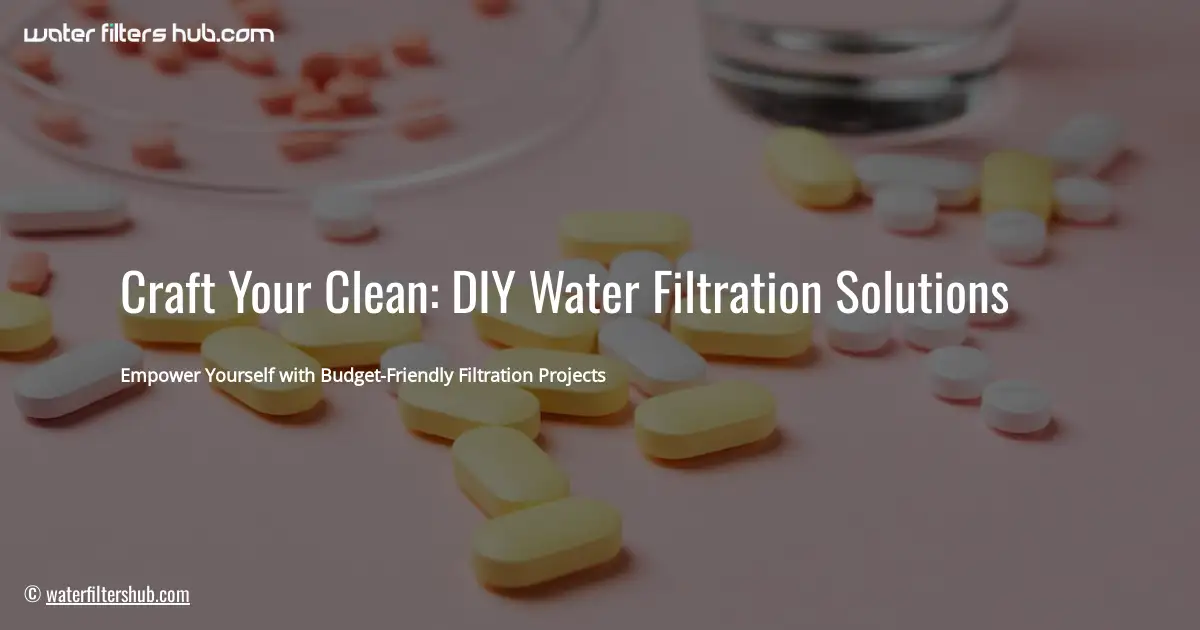
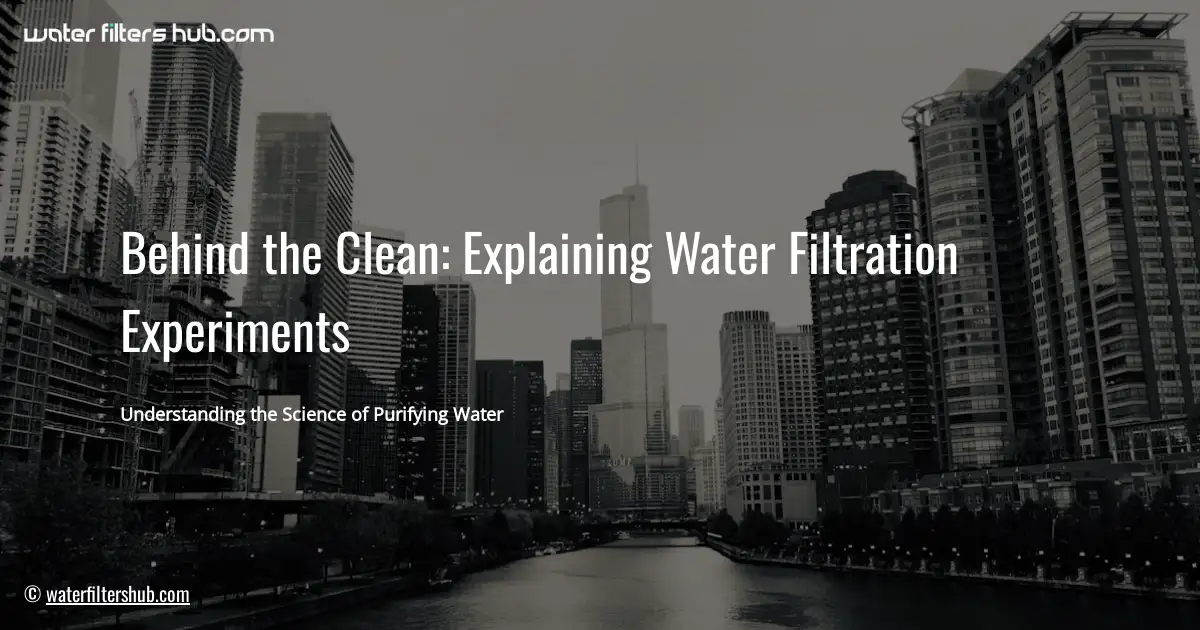
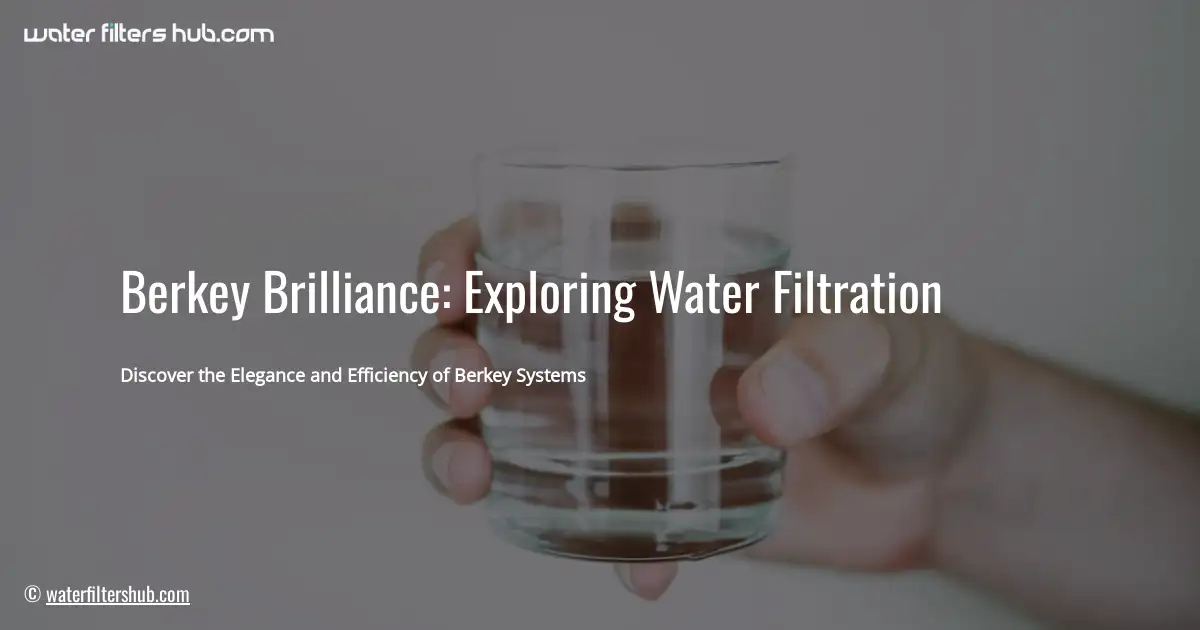
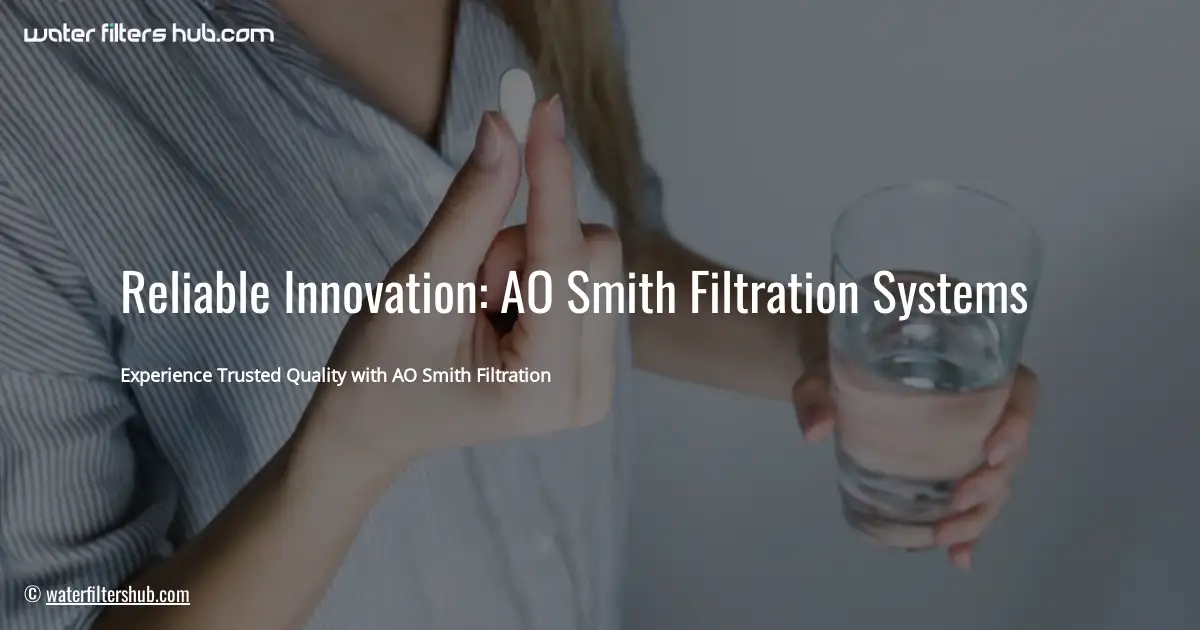
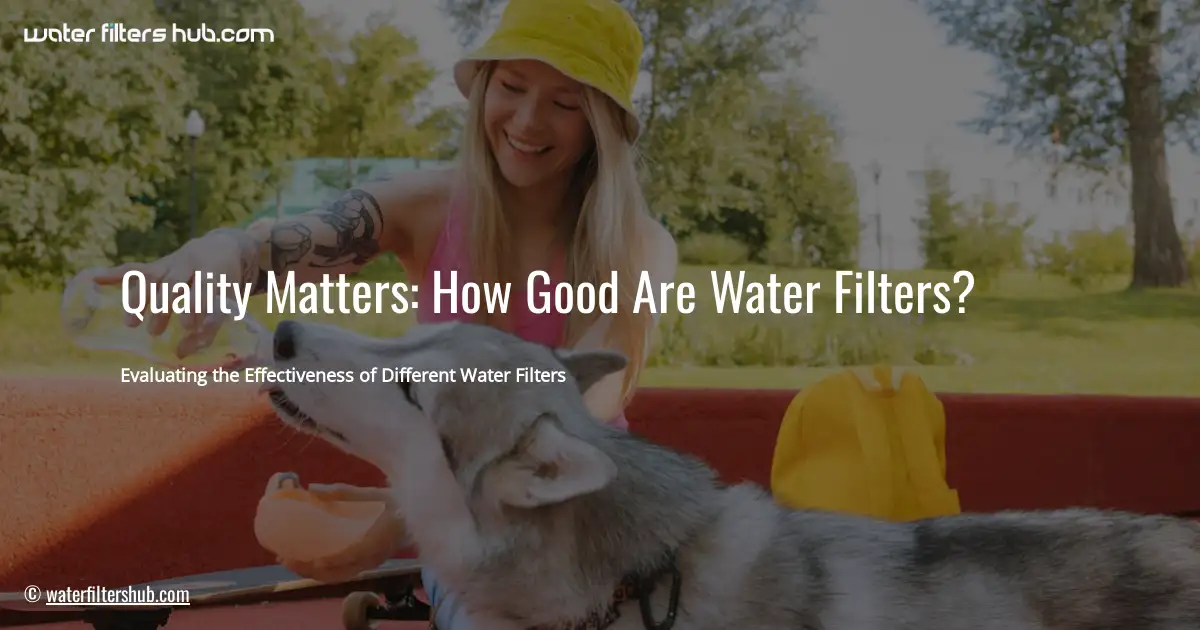
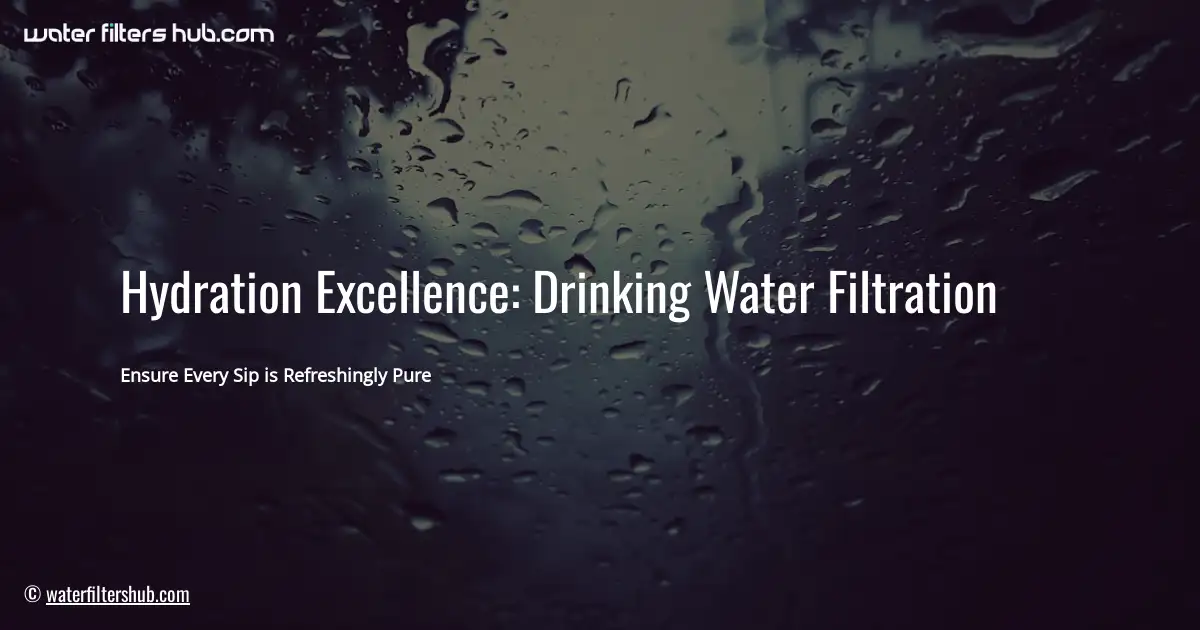
Leave a Reply